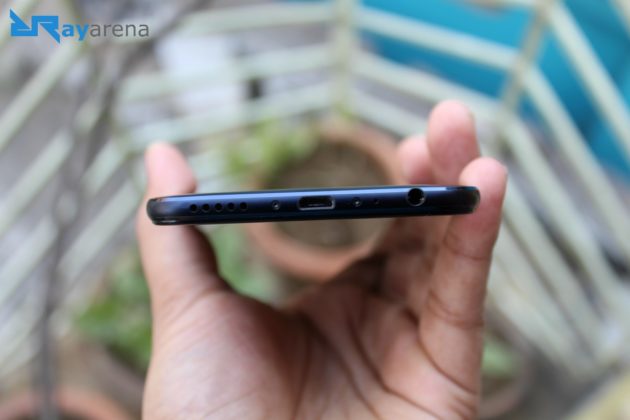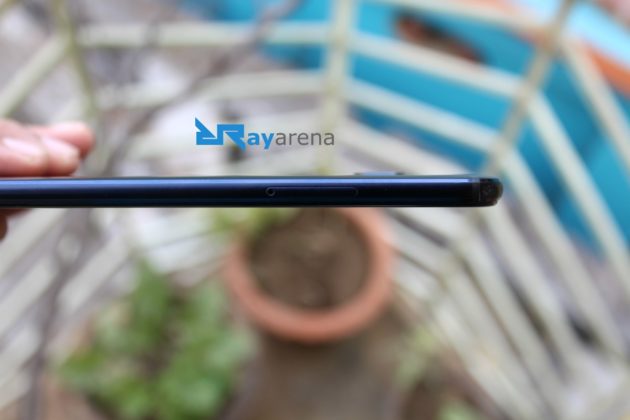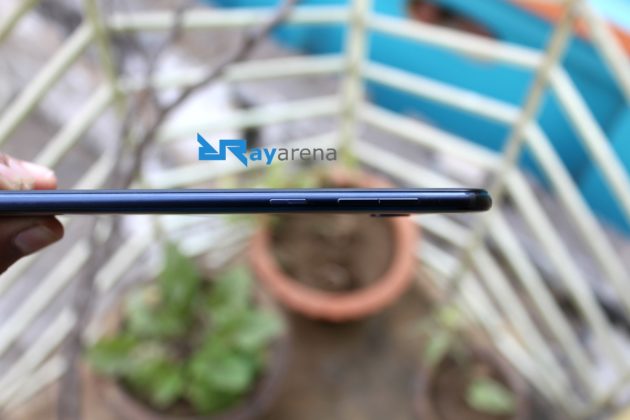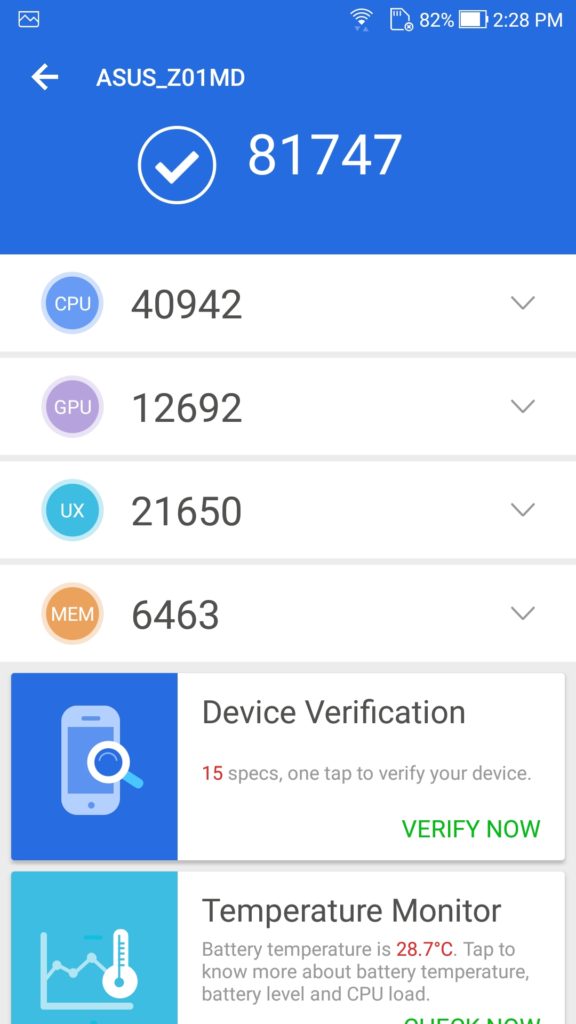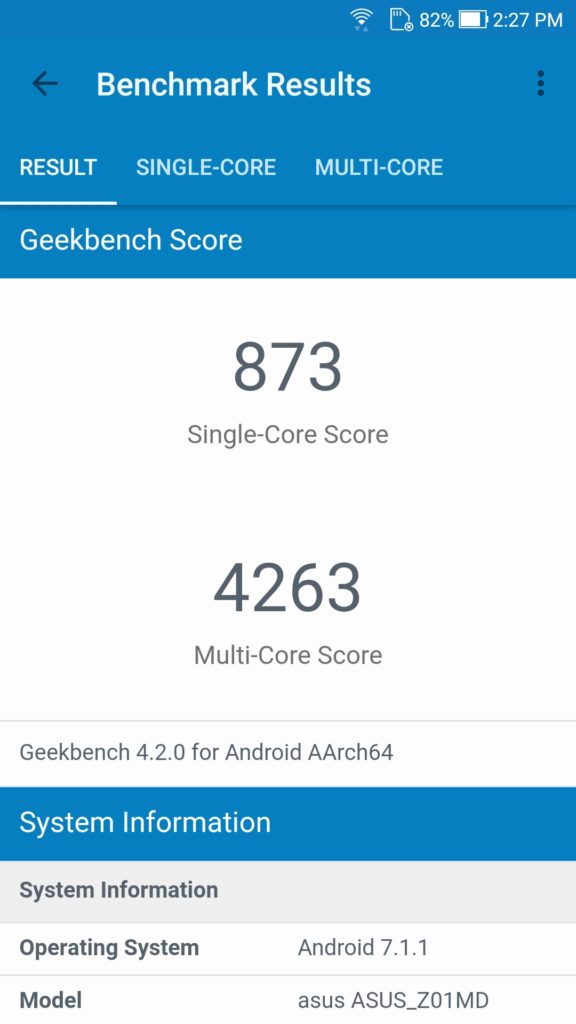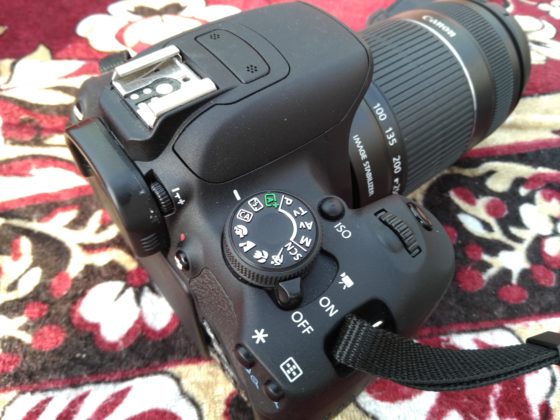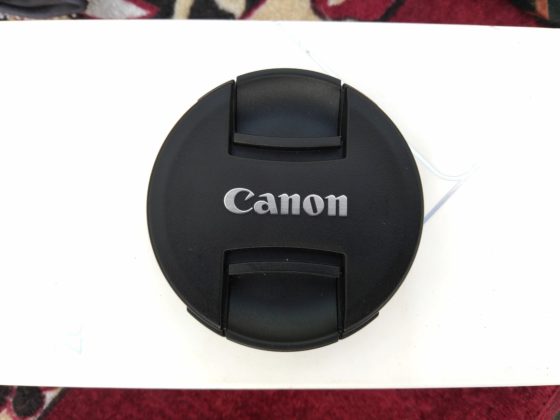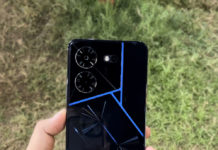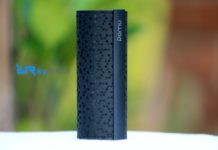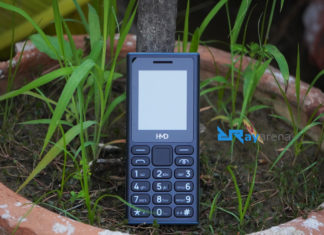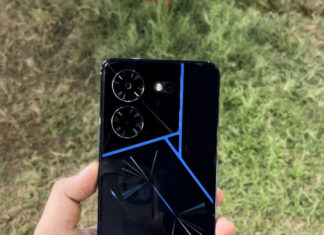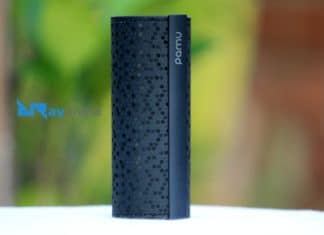It’s 2018 and the new trend is bezel-less display but the selfie trend is still there. Some smartphone companies are launching their selfie-focused phones now and then. In September 2017, Asus launched their three selfie-focused smartphones in India: Zenfone 4 Selfie and Zenfone 4 Selfie Pro and Zenfone 4 Selfie Dual Camera. Today, we will be reviewing the Pro version of Zenfone 4 Selfie which we are using for a month now. This is a phone for selfie lovers and it also packs some really good specs. So let’s see if this device is really worth your money or not!
Asus ZenFone 4 Selfie Pro Specifications
- 5.5-inch Full HD AMOLED display with 2.5D curved glass
- Corning Gorilla Glass protection
- Octa-Core Snapdragon 625
- Adreno 506 GPU
- 4GB RAM
- 64GB internal storage, expandable memory up to 200GB with microSD
- Android 7.1.1 Nougat with Zen UI 4.0
- Hybrid Dual SIM
- 16MP primary camera with dual-tone LED flash Sony IMX351 sensor
- 24MP + 5MP dual front cameras with soft LED Flash, Sony IMX362 sensor, f/1.8 aperture
- Fingerprint sensor
- 3000mAh battery with fast charging
Asus ZenFone 4 Selfie Pro Review
Hardware and Build Quality
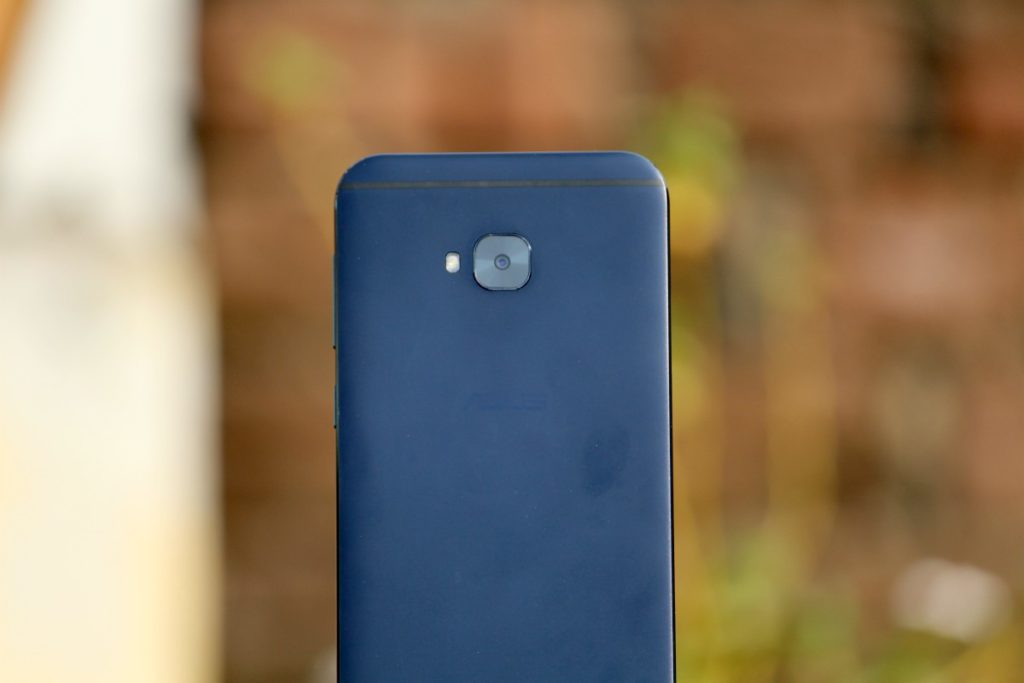
Asus Zenfone 4 Selfie Pro sports a 5.5-inch AMOLED display with 2.5D curved glass featuring a resolution of 1080 x 1920 pixels (401 PPI).
On the front of the device, there is a fingerprint scanner at the bottom of the display with capacitive back-lit back and recent applications button on either side. Covering the top of the display is the dual 24MP+5MP camera sensors with LED flash. There are also an array of sensors including compass, accelerometer, proximity sensor and gyroscope at the top along with the earpiece.
The back of the device features the Asus branding in the middle, with the primary 16MP single lens camera at the top with dual-LED flash. There are two antenna strips running through the top and bottom of the rear.
The top of the device features a microphone, there is the SIM card tray slot on the left side with power and volume rockets to the right. The bottom part of the device features the 3.5mm headphone jack, the MicroUSB port and the single speaker port of the device.
Talking about the built of the device, the metal matte finish brings a premium feel to the device and the conveniently placed power and volume keys along with the thin and sleek profile of the device make it really comfortable to hold the device even single-handedly.
Display
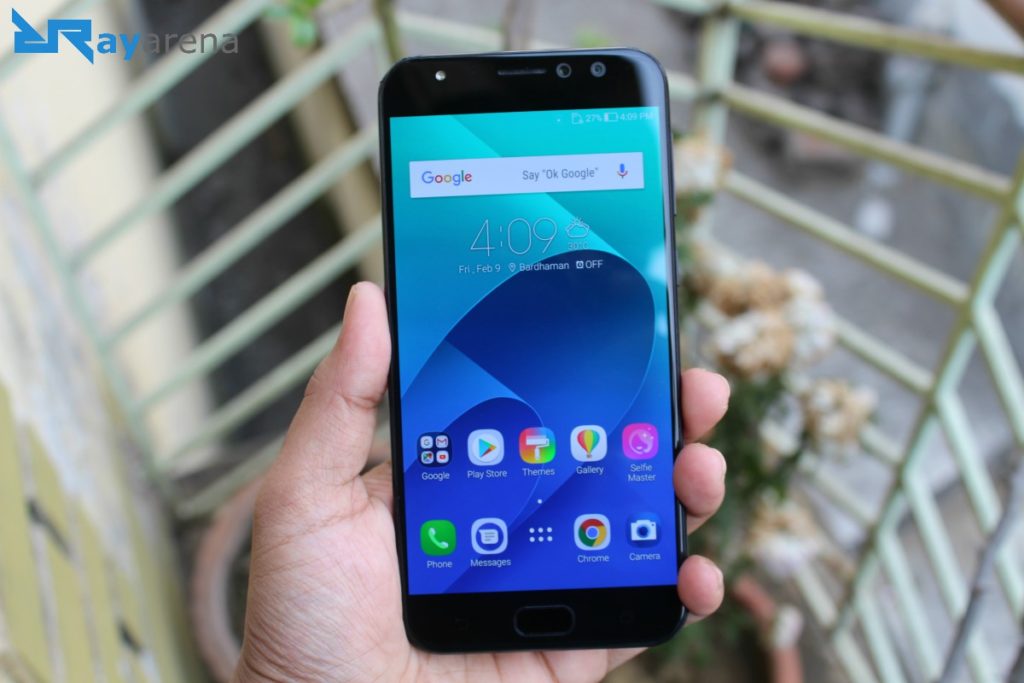
The 5.5-inch AMOLED panel featuring 1080p Full-HD resolution produces some really crisp images and the colors produced by the display are also really vibrant.
Even though the color accuracy could be better, it is a pleasant experience using the display on the device. However, when it comes to the brightness side, the display does not get really bright to use the device comfortably, especially when outdoors. The viewing angles are just average while the contrast and color accuracy is pretty good.
The display gets dim up to 47 nits and bright up to 481 nits. In comparison, the Samsung Galaxy A7 (2018) gets dim up to 1.8 nits (lower is better) and bright up to 669 nits.
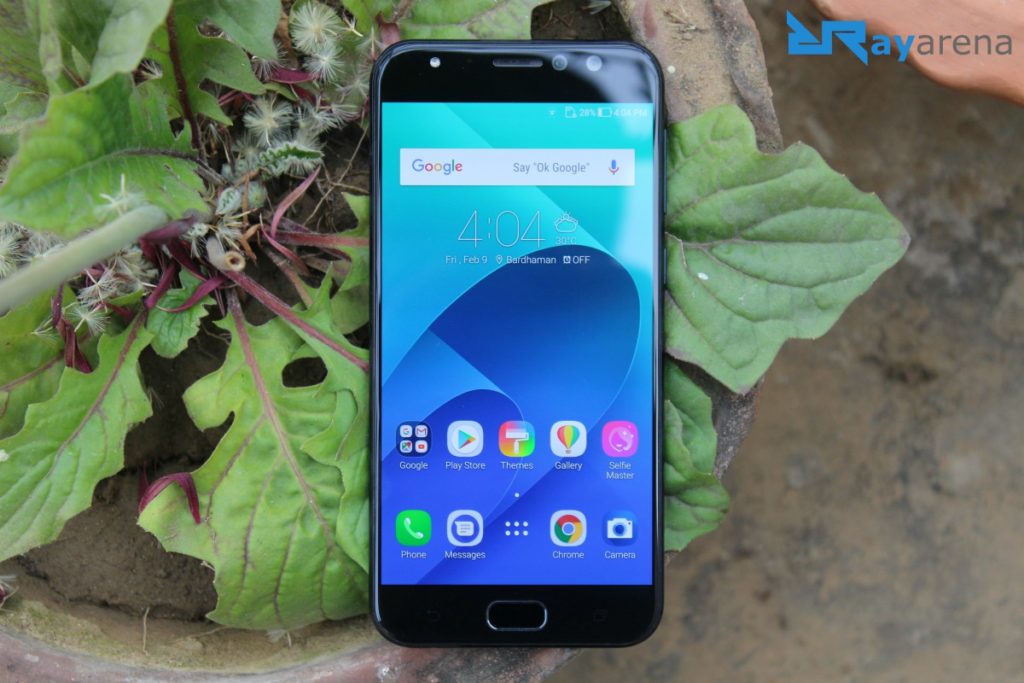
What we would like to see on such a device is an 18:9 display, which is pretty much becoming the standard on even mid-range devices these days. Anyway, we can’t complain much as the device was launched last year but we expect upcoming Asus phones will have 18:9 displays.
Performance and Gaming
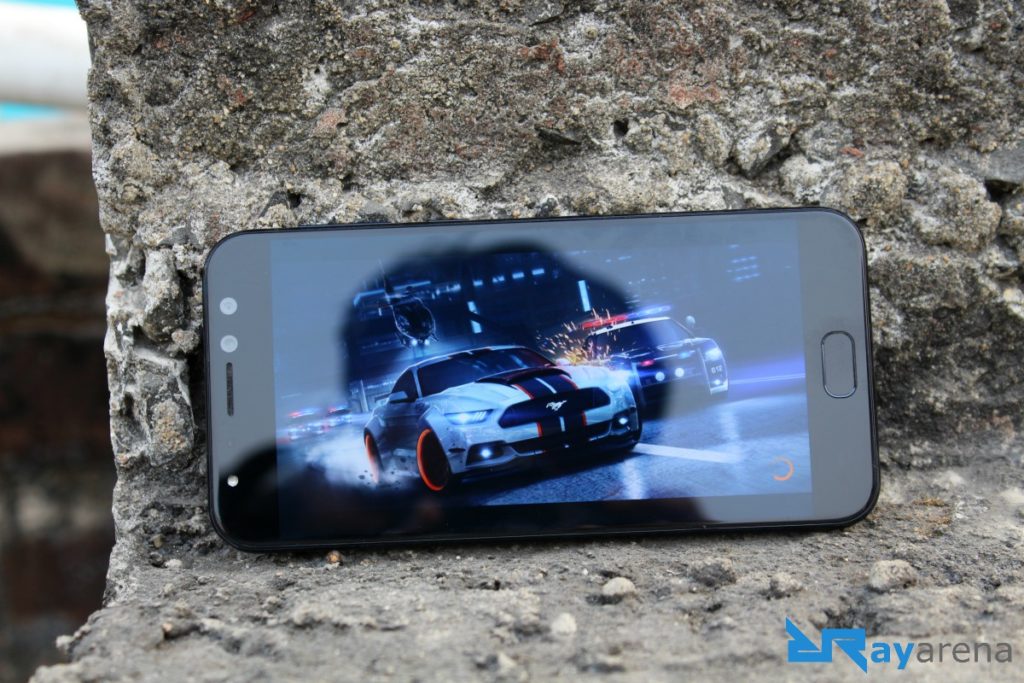
There is already an Asus Zenfone 4 Selfie in the market, however, the “Pro” tag with this device means that it gets better in terms of performance.
The regular Asus Zenfone 4 Selfie is powered by a 1.4GHz Snapdragon 430 chipset. Whereas, the “Pro” variant features a 2.0GHz Snapdragon 625.
Performance wise, even though the “Pro” hardware is not groundbreaking by any means, the device can run through any daily tasks with no hiccups. Whether it be web browsing, multitasking or gaming, the device does all the tasks with no lags.
High-end games like Modern Combat 5, Shadow Fight 3, Asphalt 8: Airborne etc, do work all fine on this device and as we already have seen with other Snapdragon 625 powered devices in the market, this comes as no surprise.
The 64GB inbuilt storage and 4GB RAM is more than sufficient to satisfy all the Android gaming needs one might have. Storage again should not be a problem on this device, thanks to the MicroSD card slot that supports storage expansion up to an additional 256GB, but using the SD card slot means that you will have to give up the dual-SIM functionality. You can see the AnTuTu and Geekbench stats below.
Software
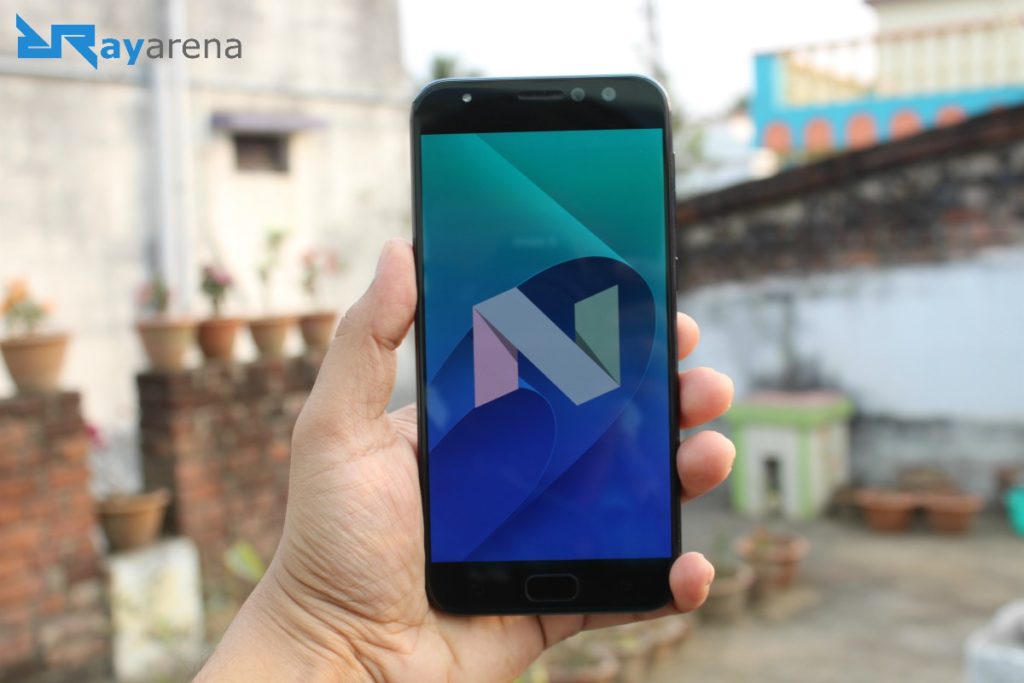
The software running on the Asus Zenfone 4 Selfie Pro is the ZenUI 4.0 custom interface from Asus which is based on top of Android 7.1.1 Nougat.
Even though the skin looks and feels heavily customized, it is actually really good and is very light on the resources. Animations and operations in the interface happen without any issues.
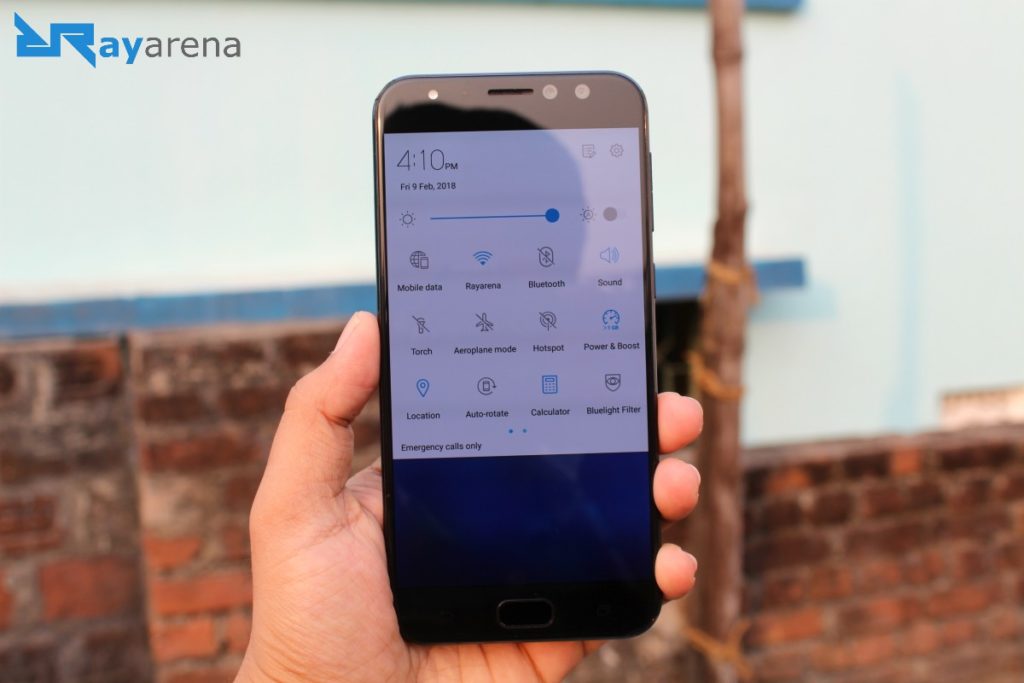
That said, the ZenUI 4.0 does not lack custom features either. There is a “Game Genie”, which allows for tasks like RAM resource cleaning, recording of the screen, broadcasting and locking of the capacitive keys below the display, all of which helps users to have a better gaming experience with the device.
There is a “Selfie Master” feature, which as it sounds is related to the front camera, more of which we will discuss in the camera section below. Other features of the software include “Page Marker”, which allows saving web pages for offline viewing and an auto face detection feature in the gallery to identify faces in pictures.
Camera
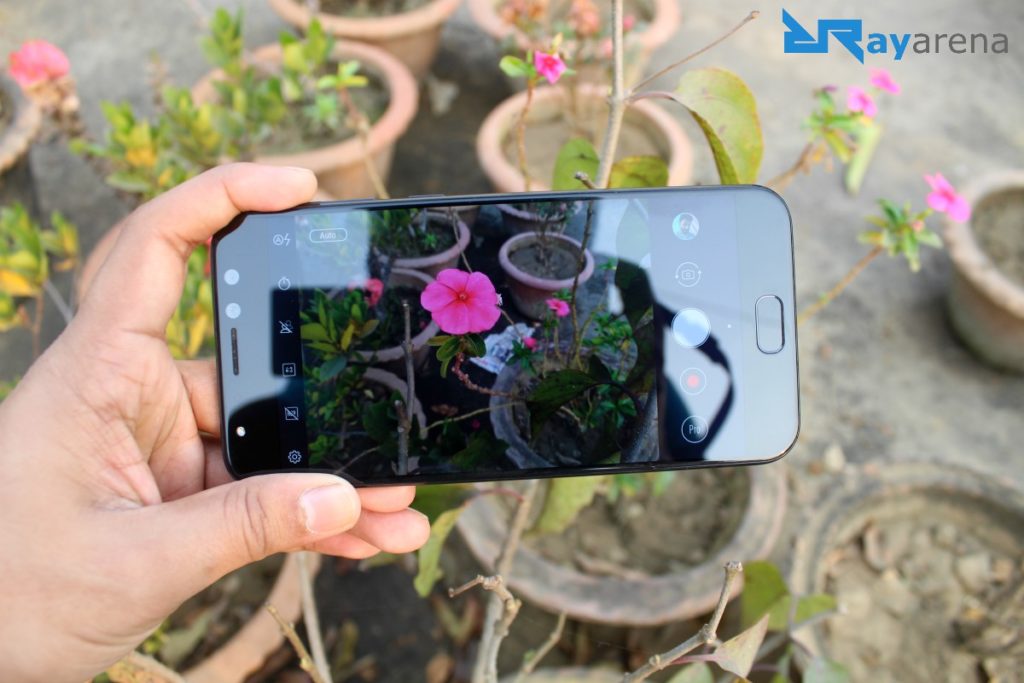
This device, (surprise surprise), is a selfie-centric Smartphone with dual camera sensors on the front and also an LED flash. The 24MP+5MP setup is able to take images of up to 24MP in resolution thanks to the “DuoPixel Mode” and the 5MP sensor features a wide-angle 120-degree lens. The camera also supports for Portrait-mode “bokeh” effect selfies.
The image output from the front camera setup is really impressive with a good amount of details in images. The 24MP DuoPixel images from the front camera are more of an after processing trick, which requires steady hands and a steady object.
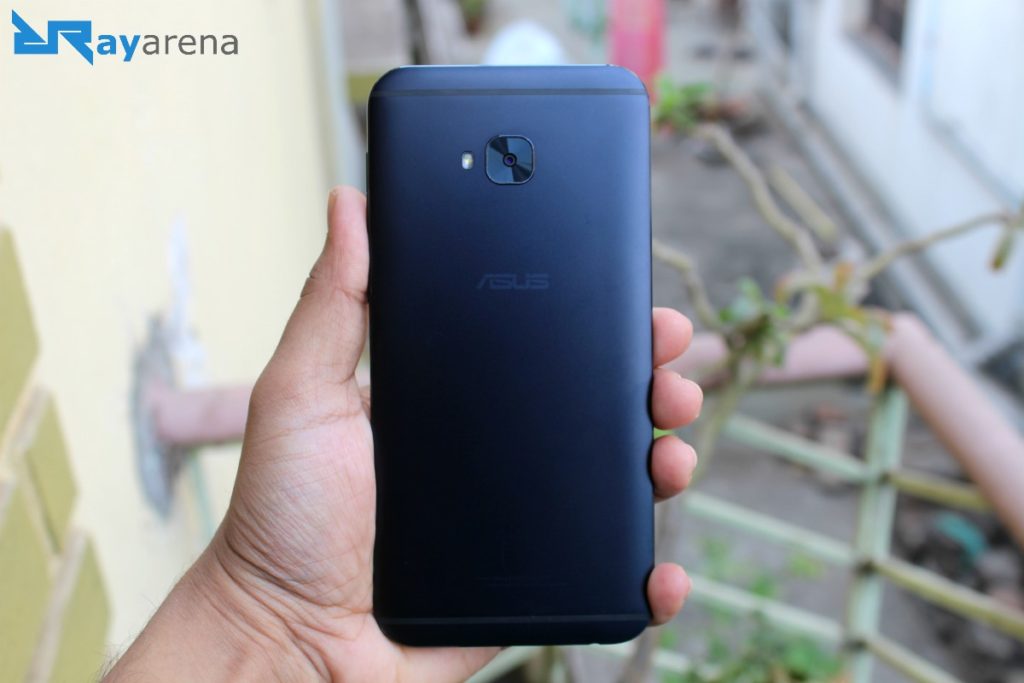
The “Selfie Master” feature that we mentioned above helps to apply skin smoothening to images in real-time and there are 10 different levels to choose from. The smoothening feature can also be done while recording videos.
Talking about the primary camera performance, the images captured by the 16MP sensor and dual-LED flash setup are sharp and color reproduction is also accurate enough. The camera does require ample lighting to give its best output and as the lighting gets dimmer so does the quality of output.
Camera Samples:
Rear Camera Samples:
Front-facing Camera Samples:
Fingerprint Sensor
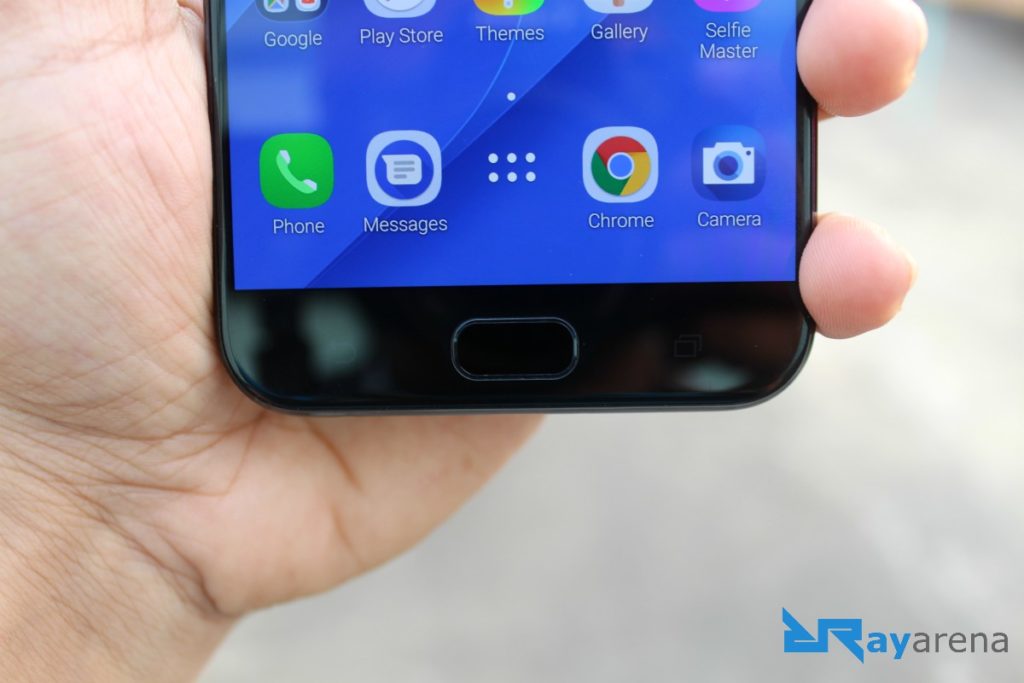
The fingerprint sensor on this device is really fast when it comes to unlocking the device, and the placing of the scanner is also really convenient. The device unlocks almost instantly when the fingerprint scanner is used.
However, in our testing, we found that the sensor does not work with wet fingers, which is something to be noted.
Battery and Sound
There is 3000mAh non-removable battery fitted in the Asus Zenfone 4 Selfie Pro. It is great to have such great battery size within a thin body and in terms of backup, the battery does provide great endurance and can easily last over a complete day of even hardcore usage.
The single speaker outlet on the bottom of the device is sure loud for the size, but considering its placement, the speaker grill can easily be muffled while holding the device, say, while gaming or watching videos.
Final Verdict
Sure, the Asus Zenfone 4 Selfie Pro is a good enough device that can cater to all needs of a typical user. But when the best bang for buck deal is considered, the pricing sets the device off the top chart.
With overall better-performing devices like the Honor 9i and Xiaomi Mi A1, Redmi Note 5 Pro out there with competitive pricing, the Asus Zenfone 4 Selfie Pro is indeed priced high and even for the price, there is nothing that really sets the device truly apart.

